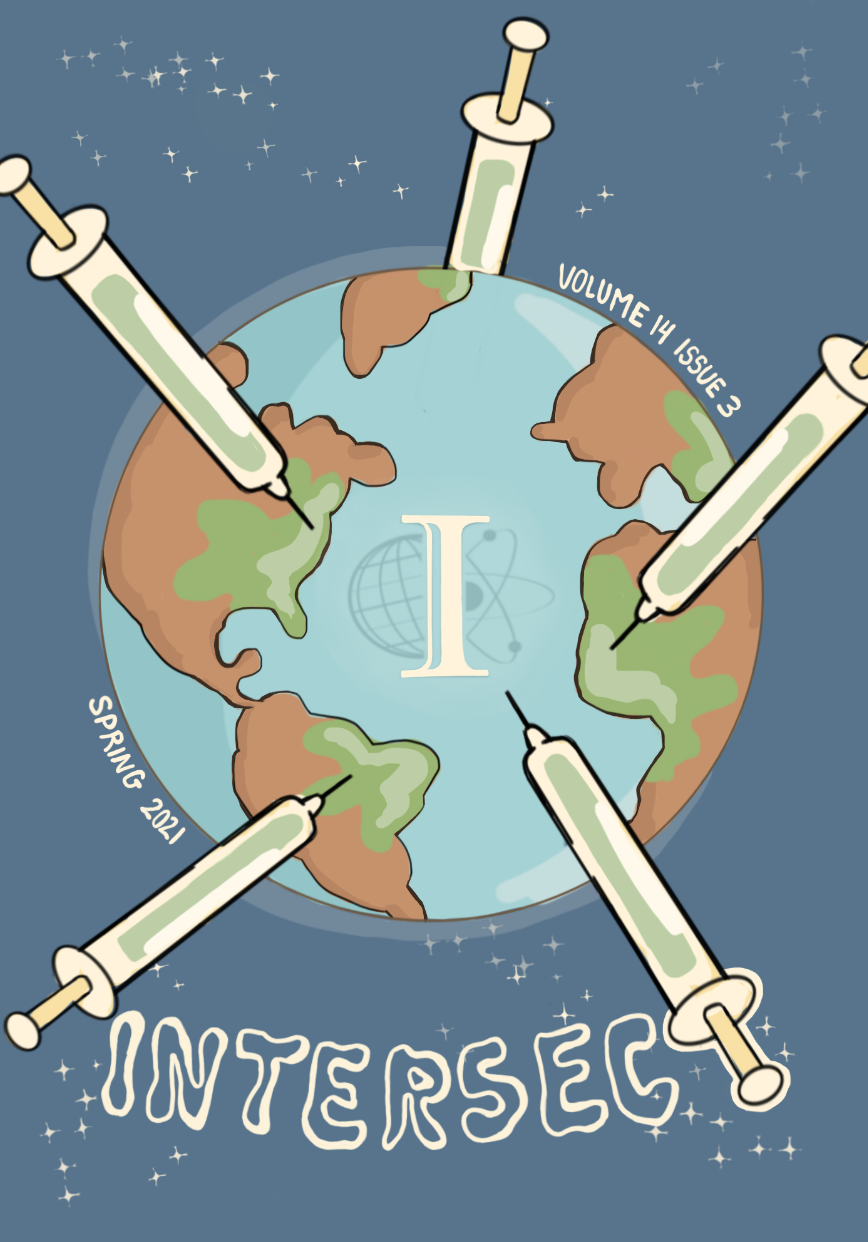Influential Factors Regarding the Choice to Donate Umbilical Cord Blood (UCB)
Abstract
While most people think of bone marrow as the key source of stem cells, in recent years the collection and donation of umbilical cord blood (UCB) stem cells has become increasingly popular. Cord blood stem cells—which can be transplanted to donor matched individuals similar to the stem cells found in bone marrow—have been used to treat various immune and metabolic disorders, along with cancers such as leukemia and blood disorders such as anemia ("Options," n.d.; "Cord blood and," n.d.). These stem cells can be obtained through individual donations of UCB to public banks, or through privately banked samples kept for distribution only within a family ("Options," n.d.). Within the medical community, discussion of the pros and cons of UCB's applications is becoming increasingly common; however, the general population remains relatively unaware of UCB's value, biological mechanisms, and function. Thus there is a great discrepancy in knowledge between health care professionals and potential UCB donors regarding the utility and collection process of UCB stem cells. This literature review seeks to examine the social, economic, and biological factors influencing a family's decision to donate, privately store, or discard their baby's UCB. Furthermore, this review will analyze the impact of improved patient outreach measures and consent processes in relation to UCB education and donation.
Downloads
Published
Issue
Section
License
Copyright (c) 2021 Intersect: The Stanford Journal of Science, Technology, and Society

This work is licensed under a Creative Commons Attribution-NonCommercial-NoDerivatives 4.0 International License.
Authors who publish with this journal agree to the following terms:- Authors retain copyright and grant the journal right of first publication with the work simultaneously licensed under a Creative Commons Attribution License that allows others to share the work with an acknowledgement of the work's authorship and initial publication in this journal.
- Authors are able to enter into separate, additional contractual arrangements for the non-exclusive distribution of the journal's published version of the work (e.g., post it to an institutional repository or publish it in a book), with an acknowledgement of its initial publication in this journal.
- Authors are permitted and encouraged to post their work online (e.g., in institutional repositories or on their website) prior to and during the submission process, as it can lead to productive exchanges, as well as earlier and greater citation of published work (See The Effect of Open Access).

